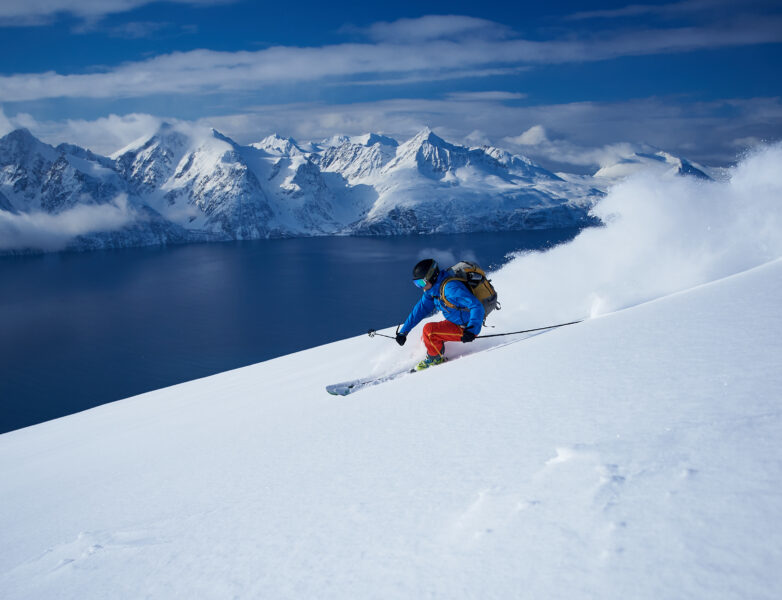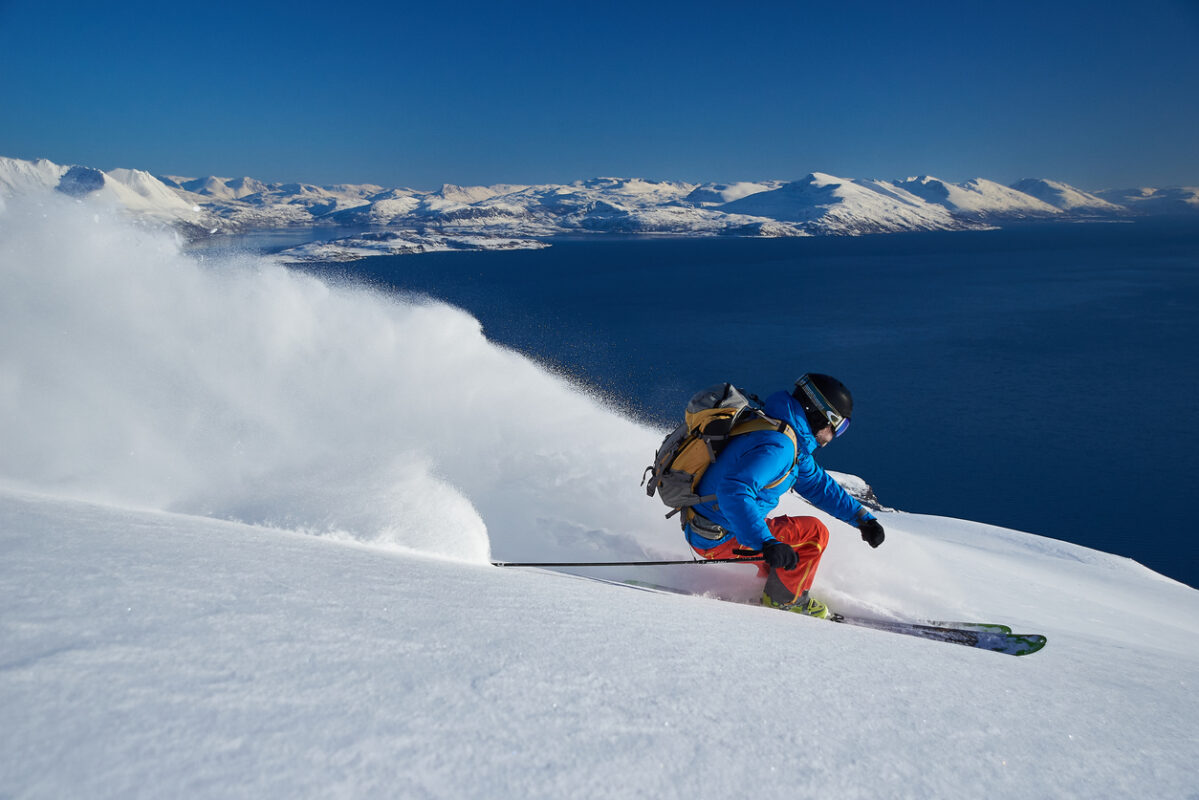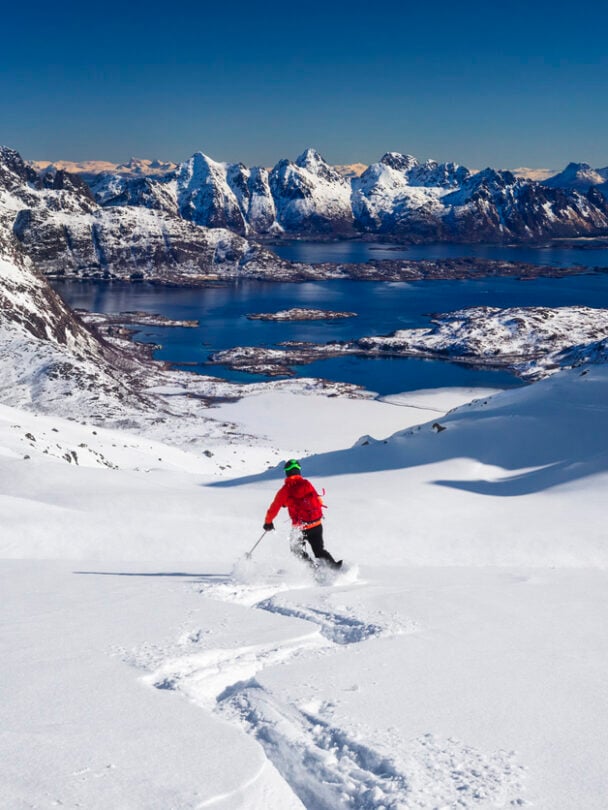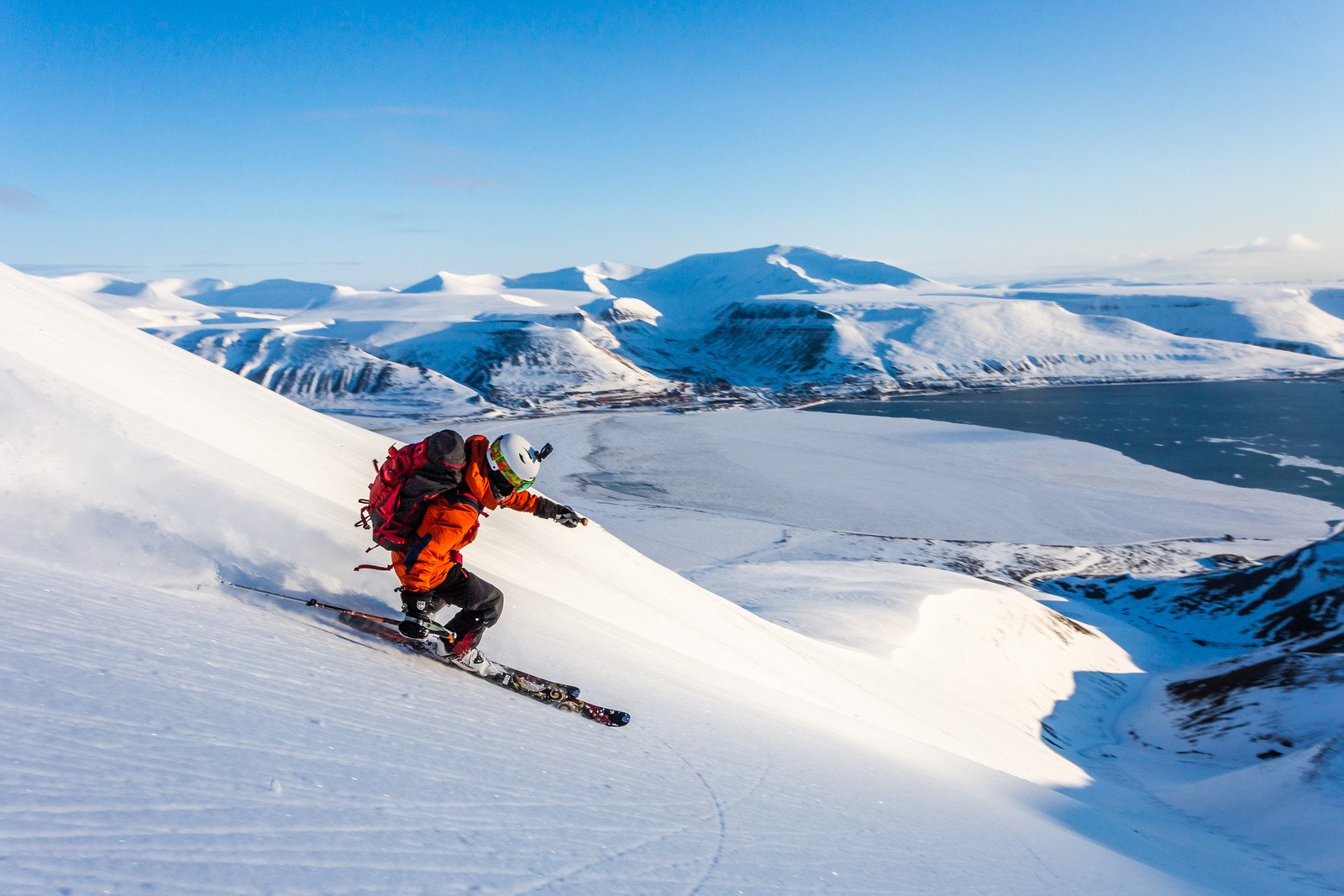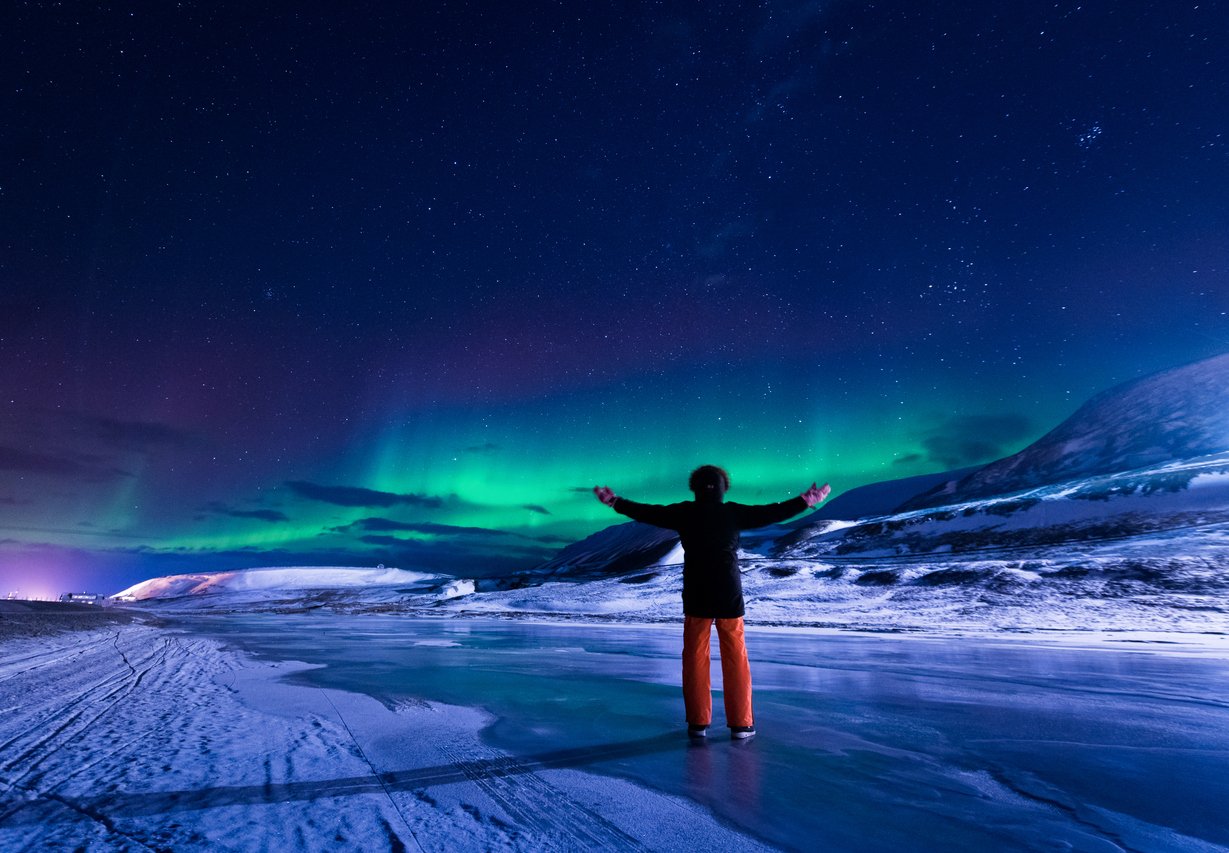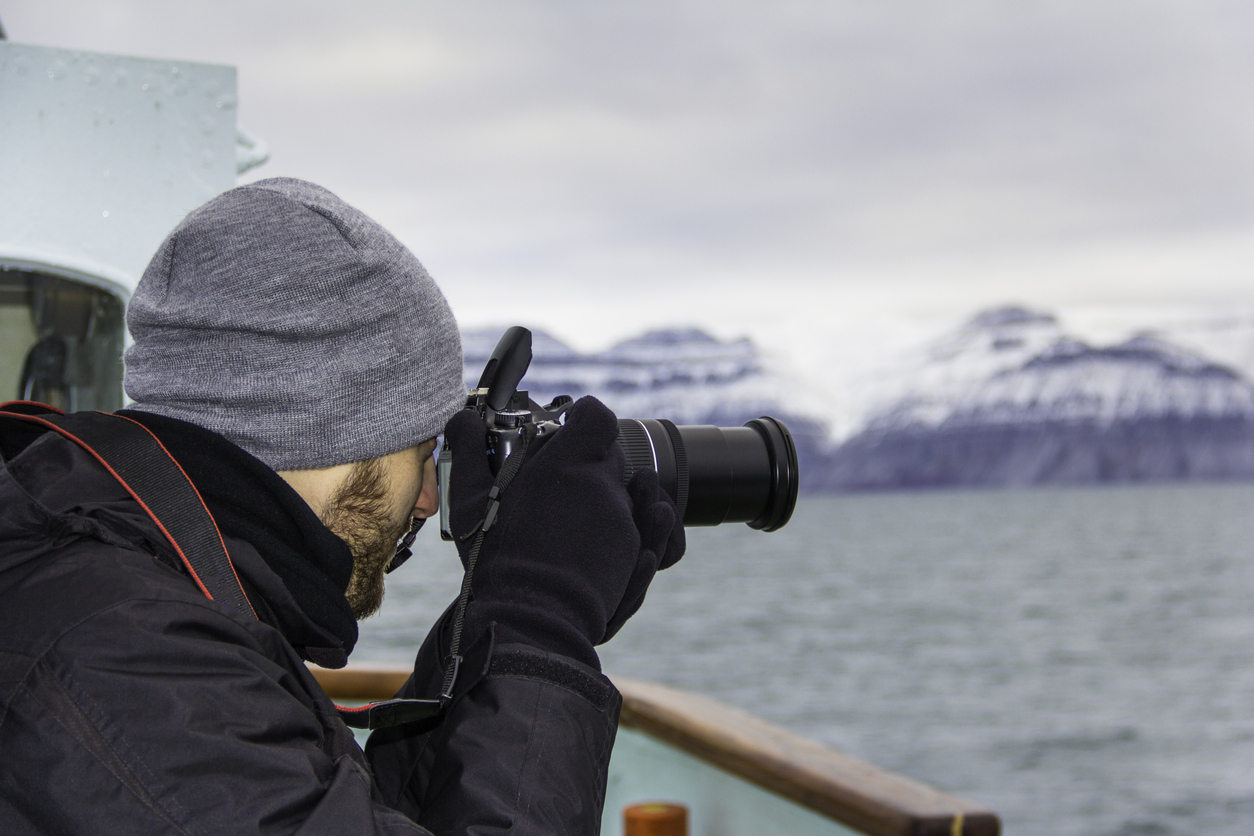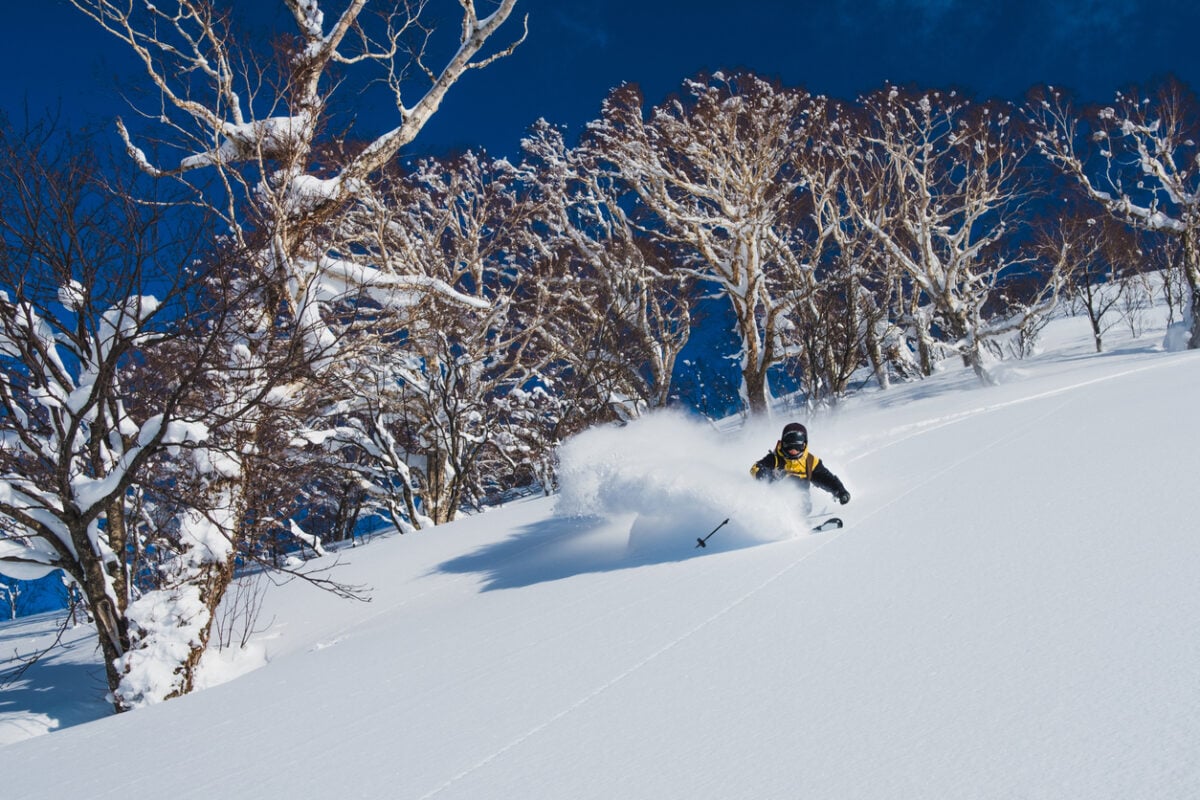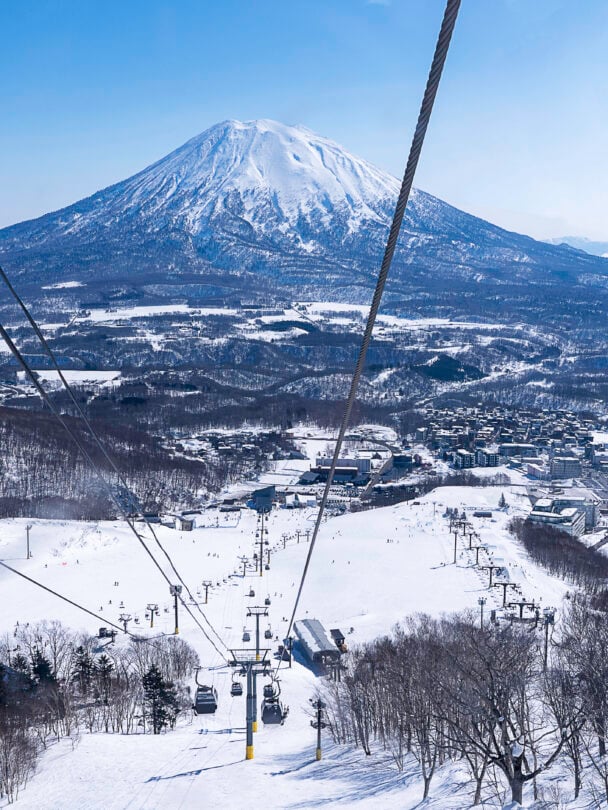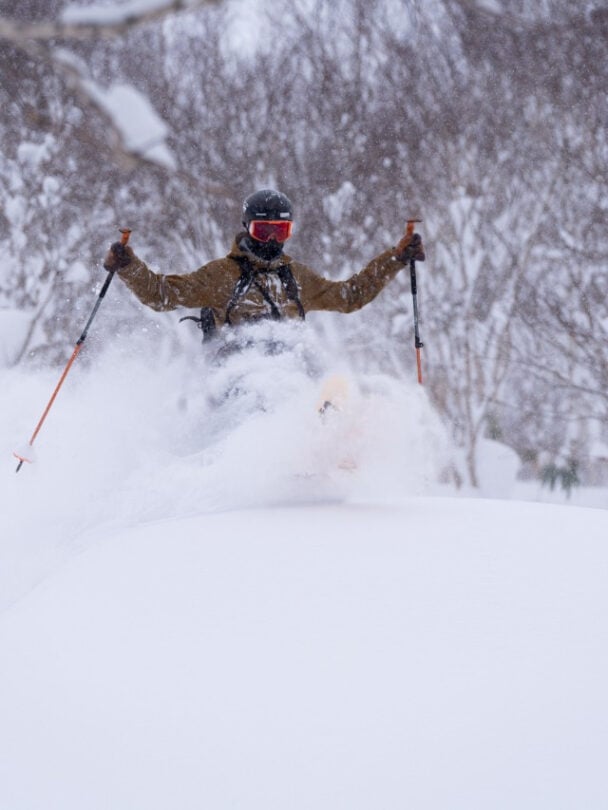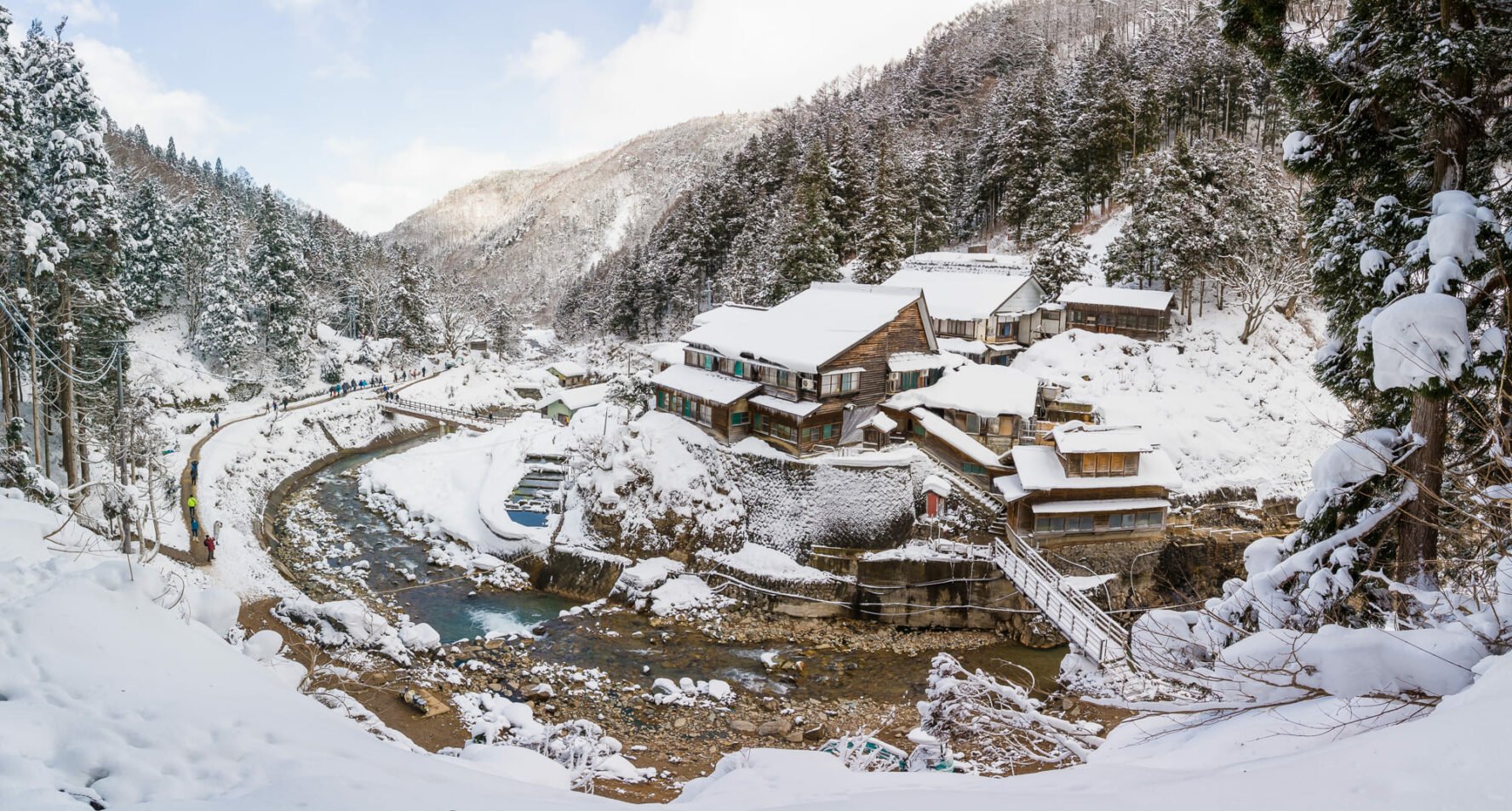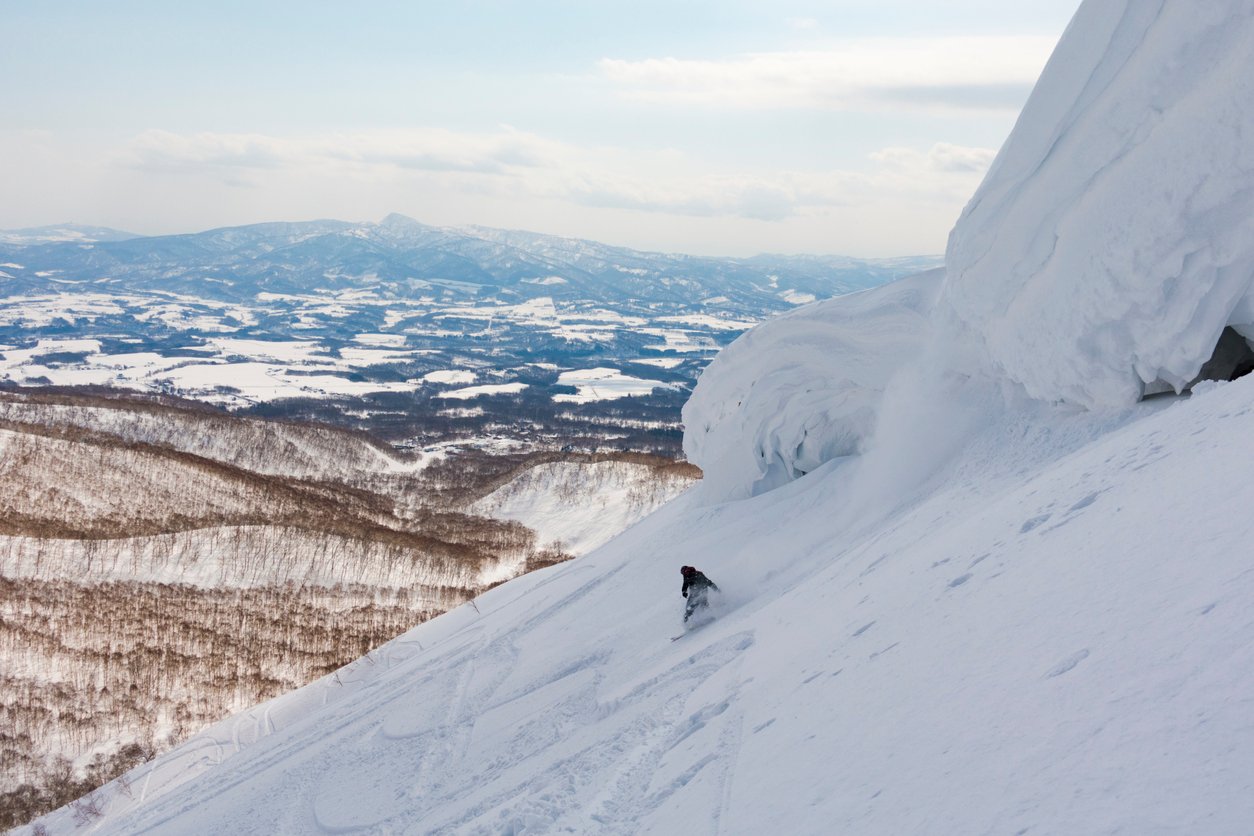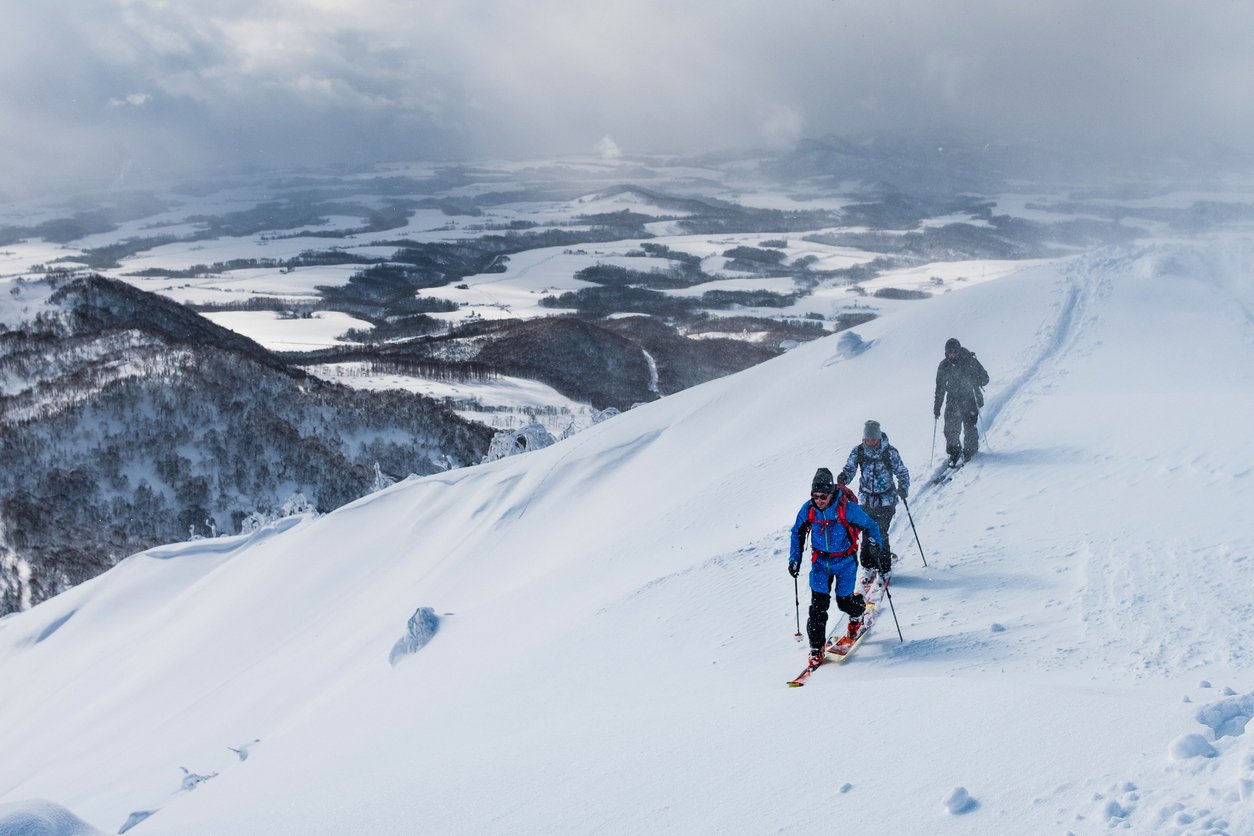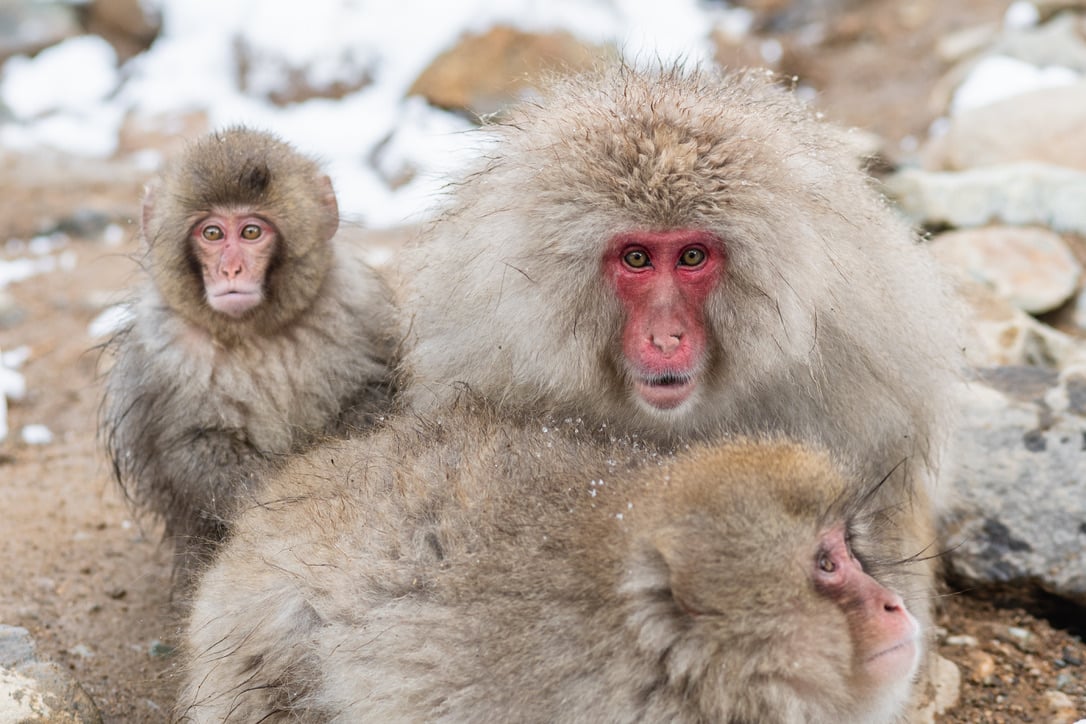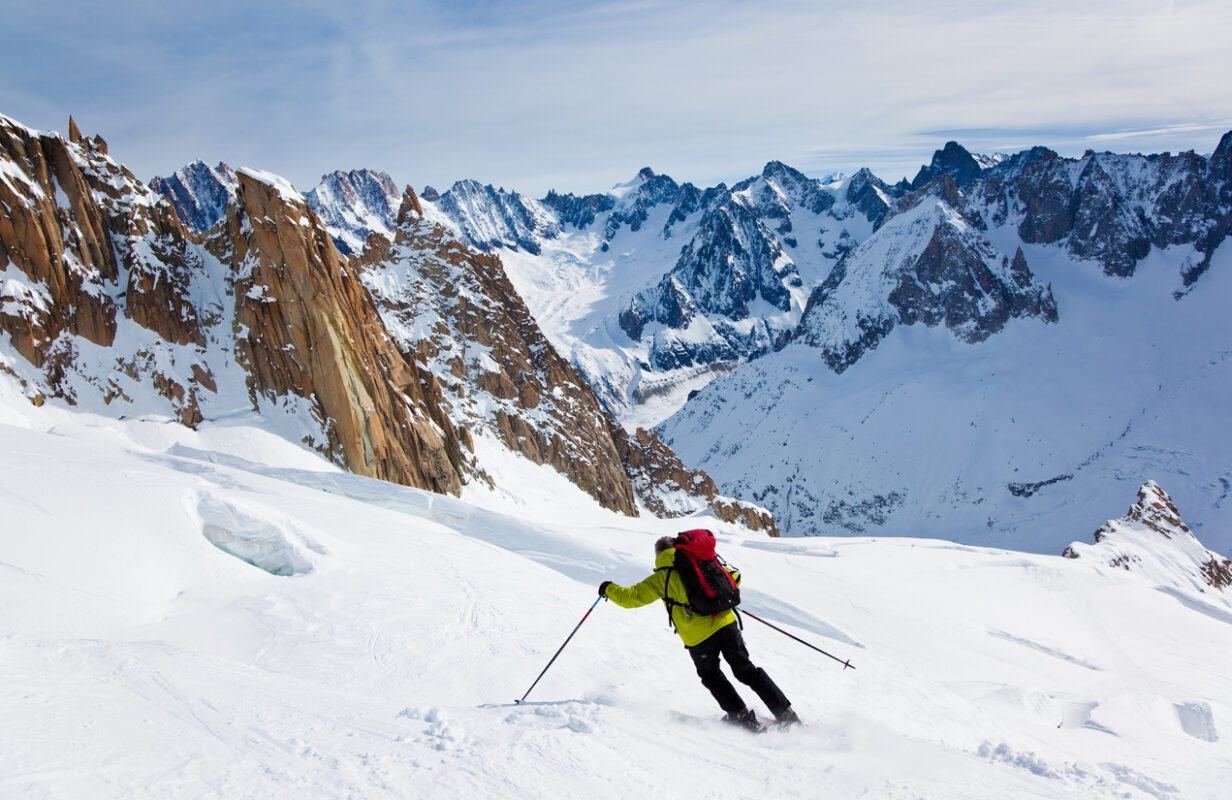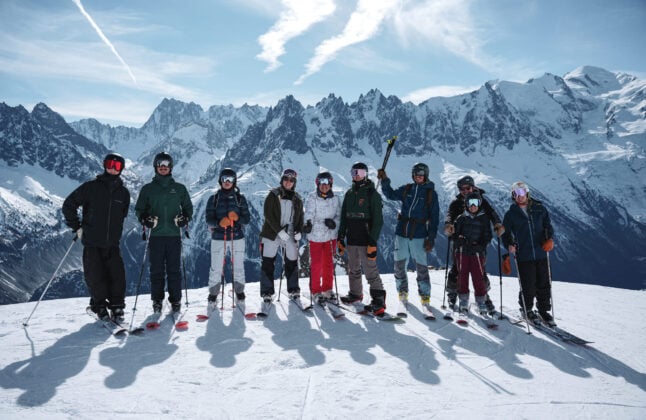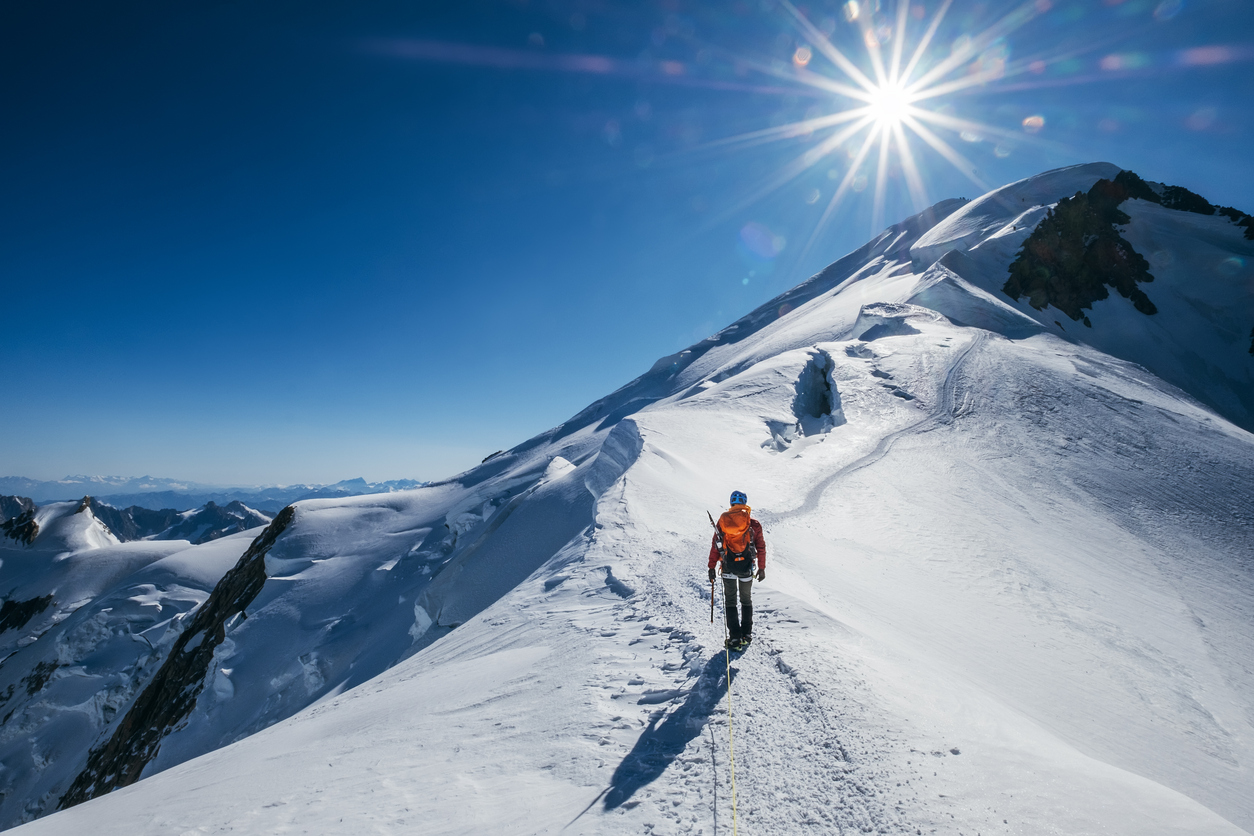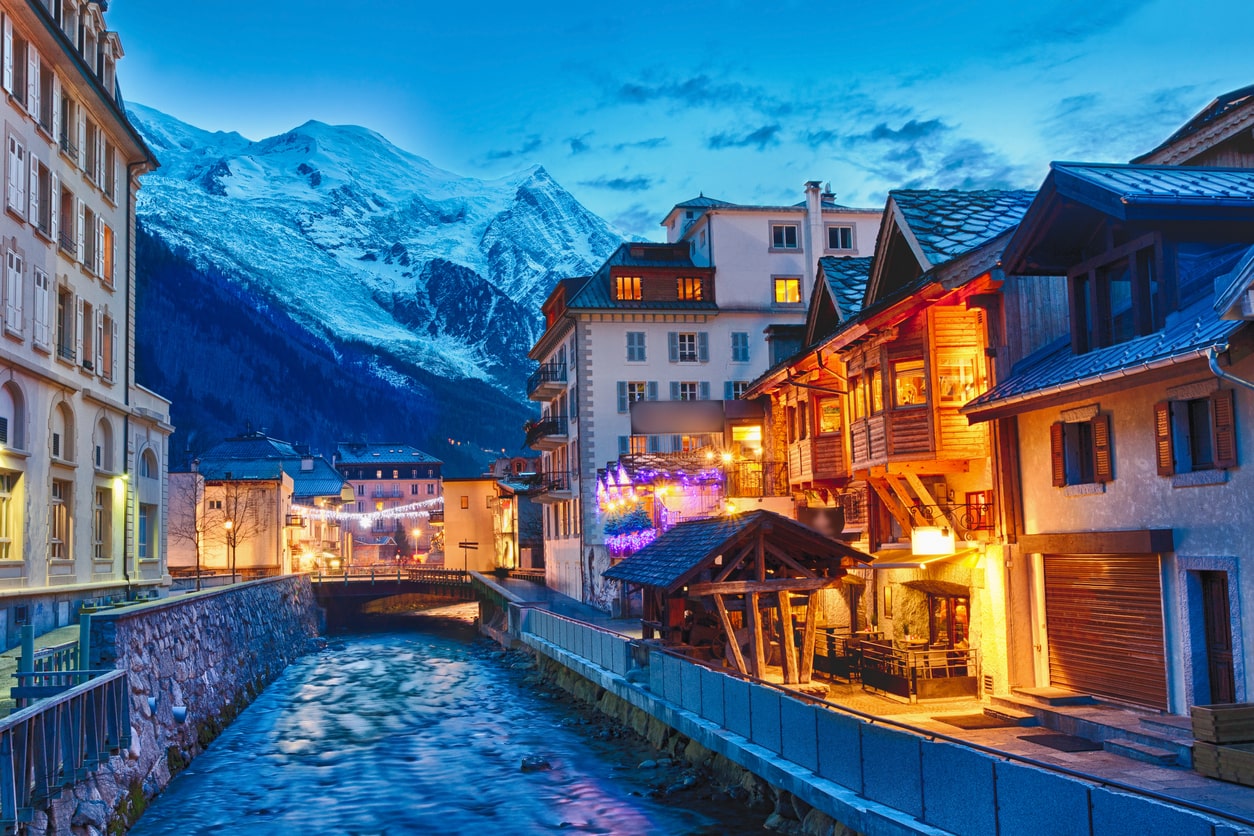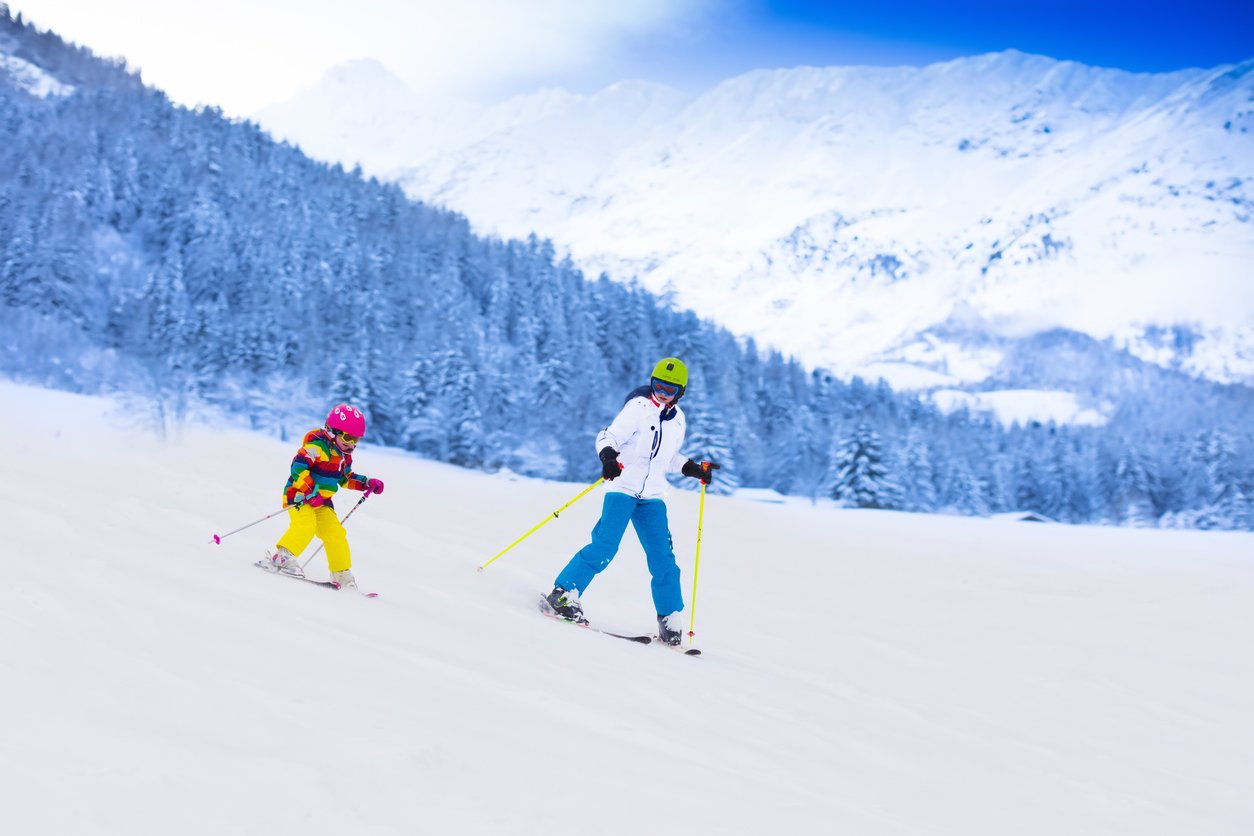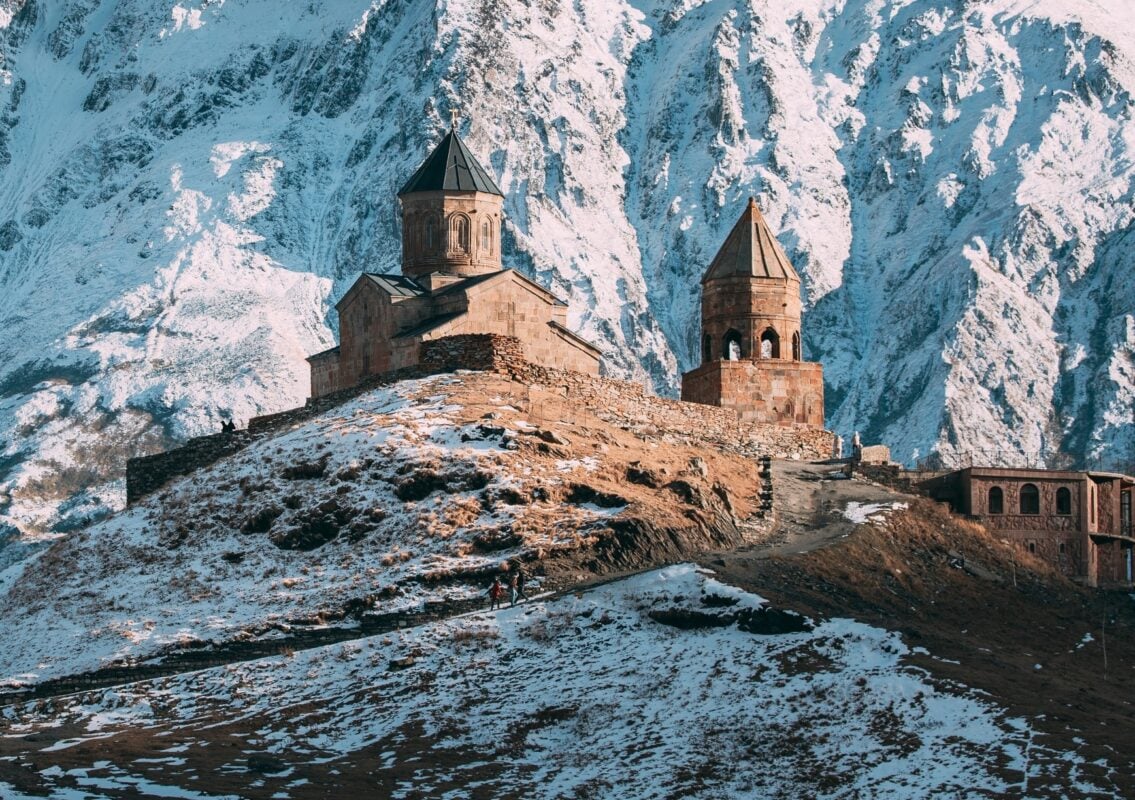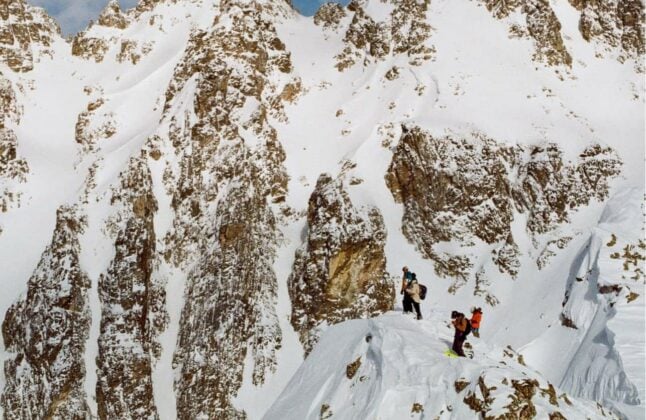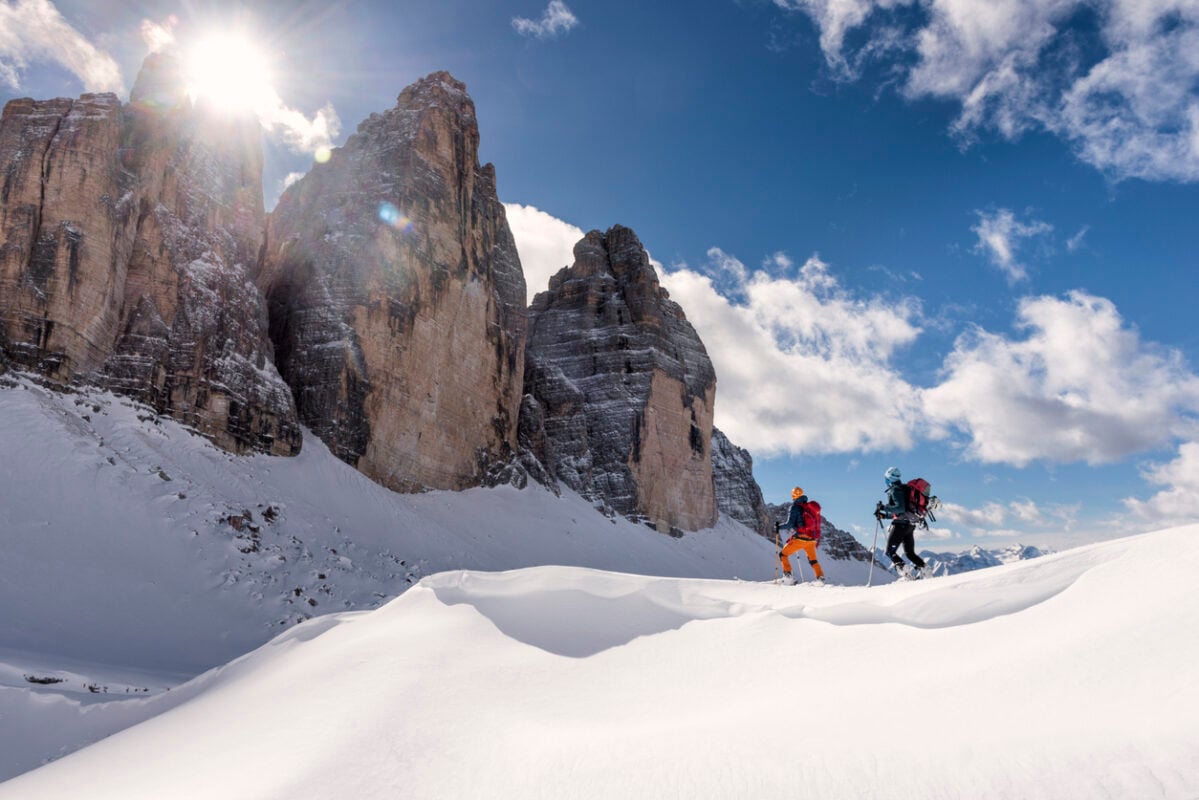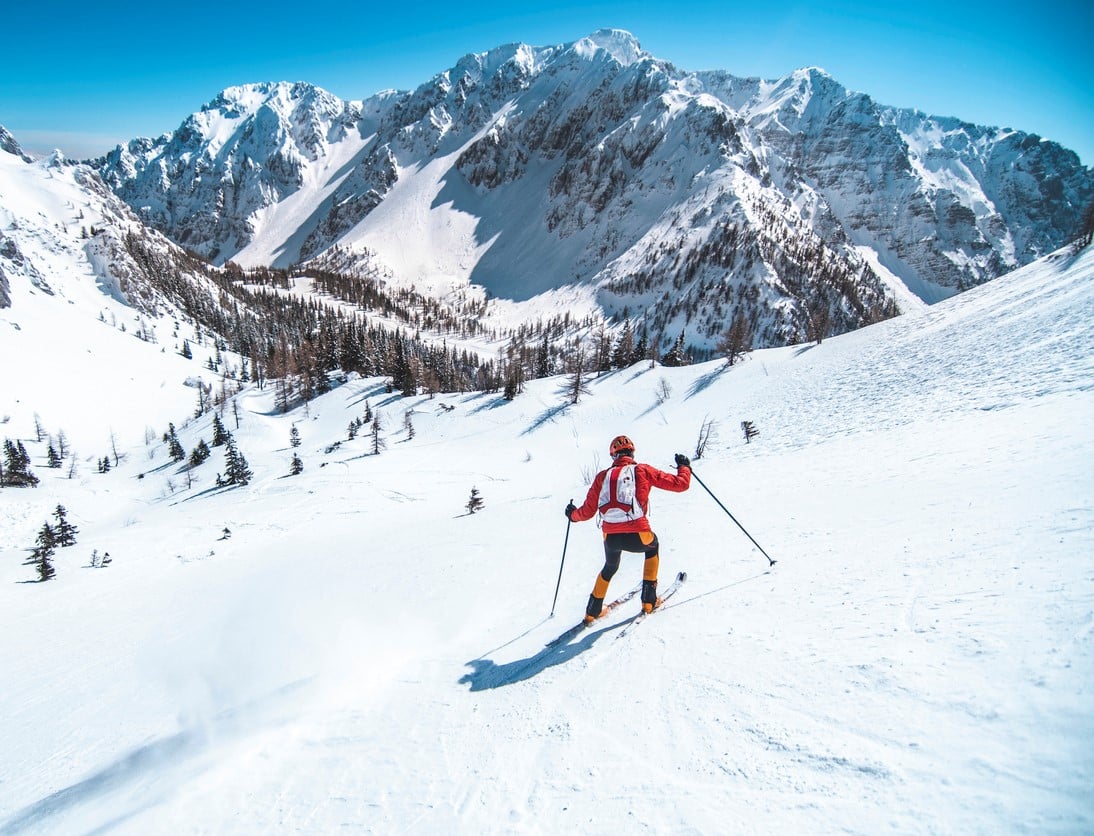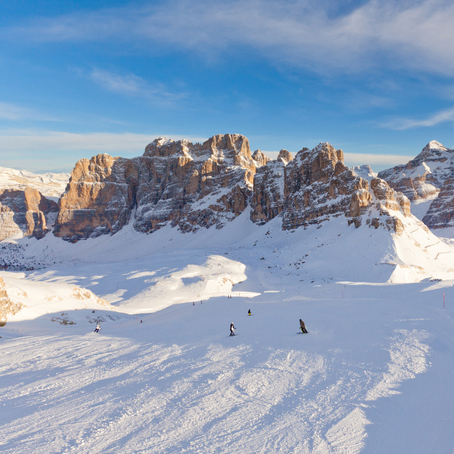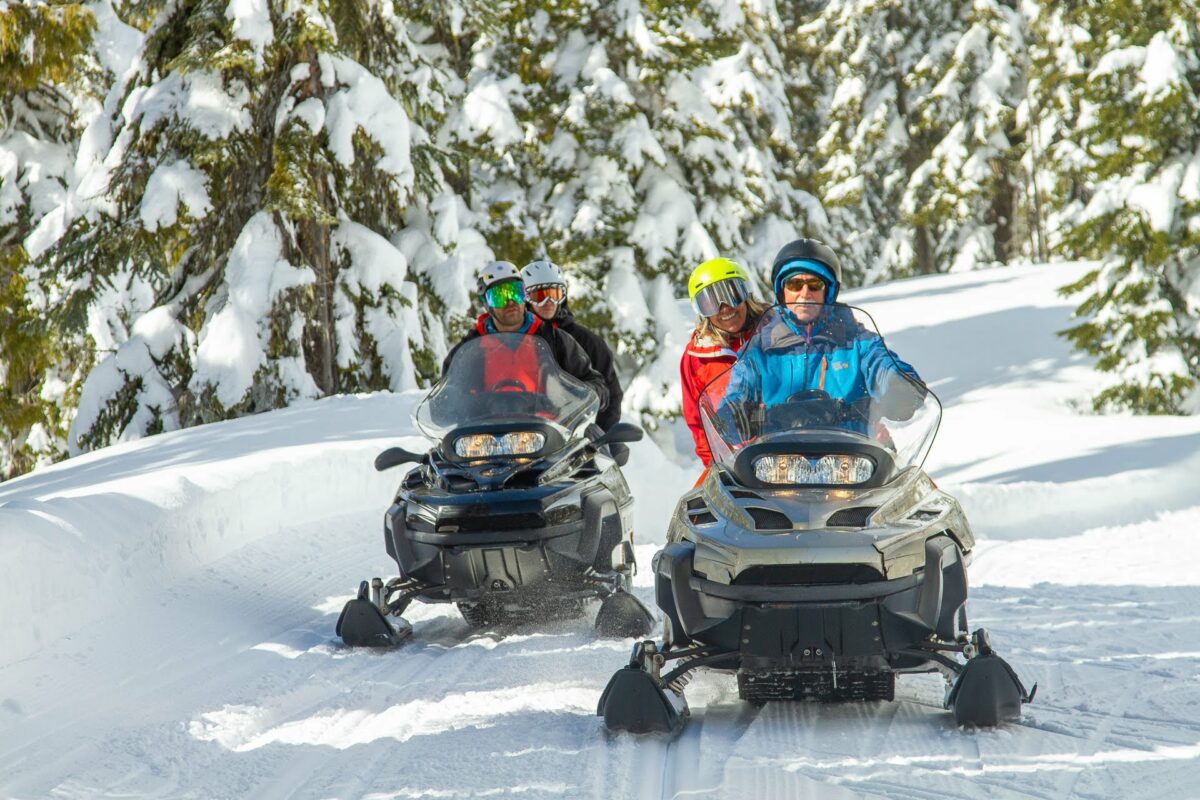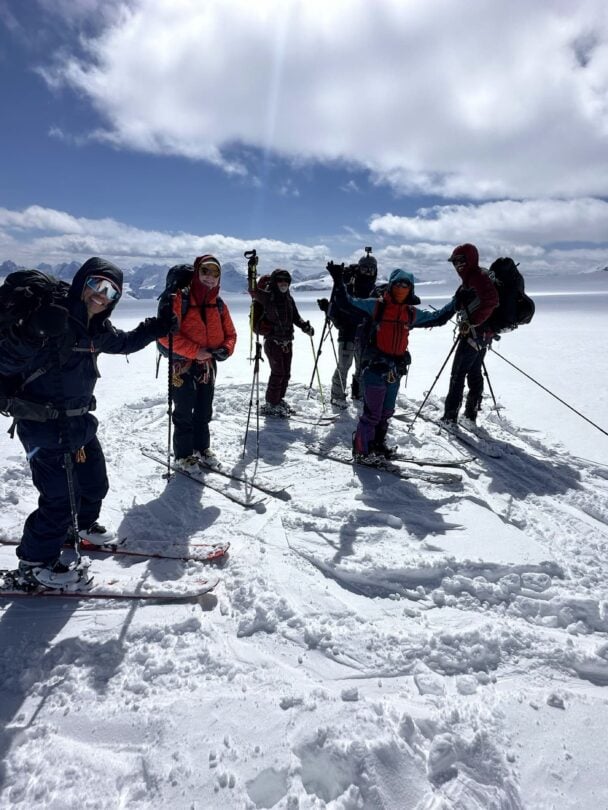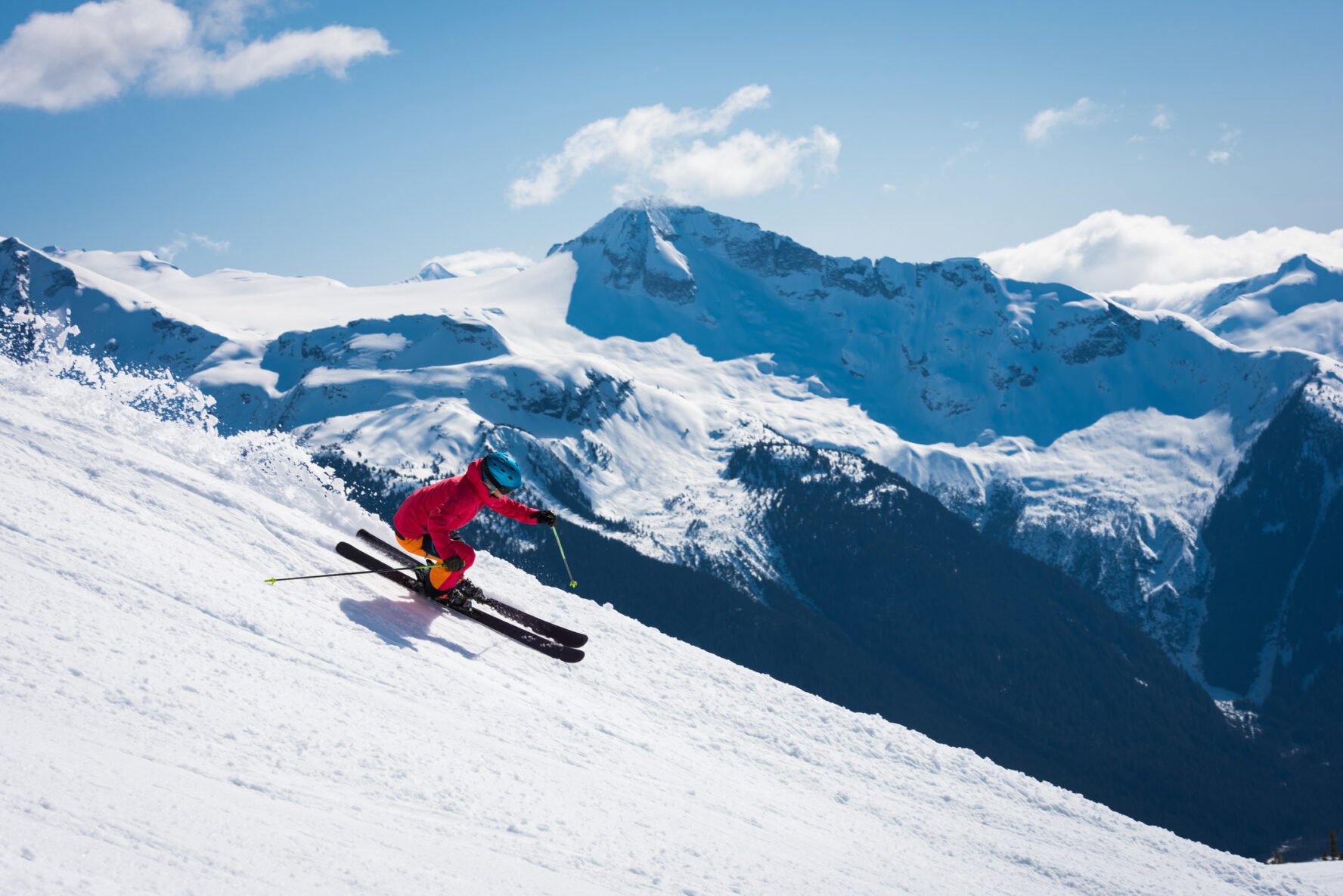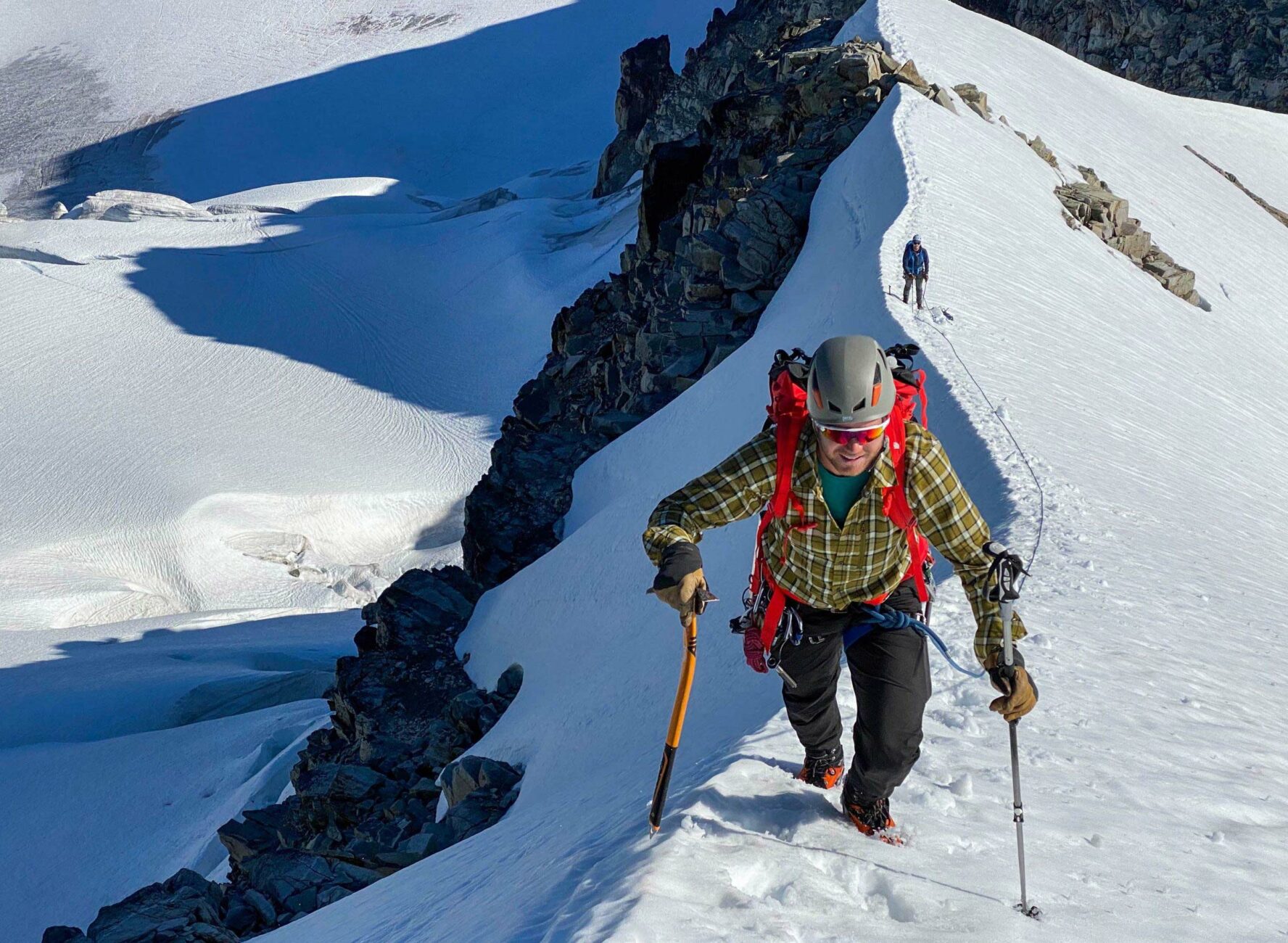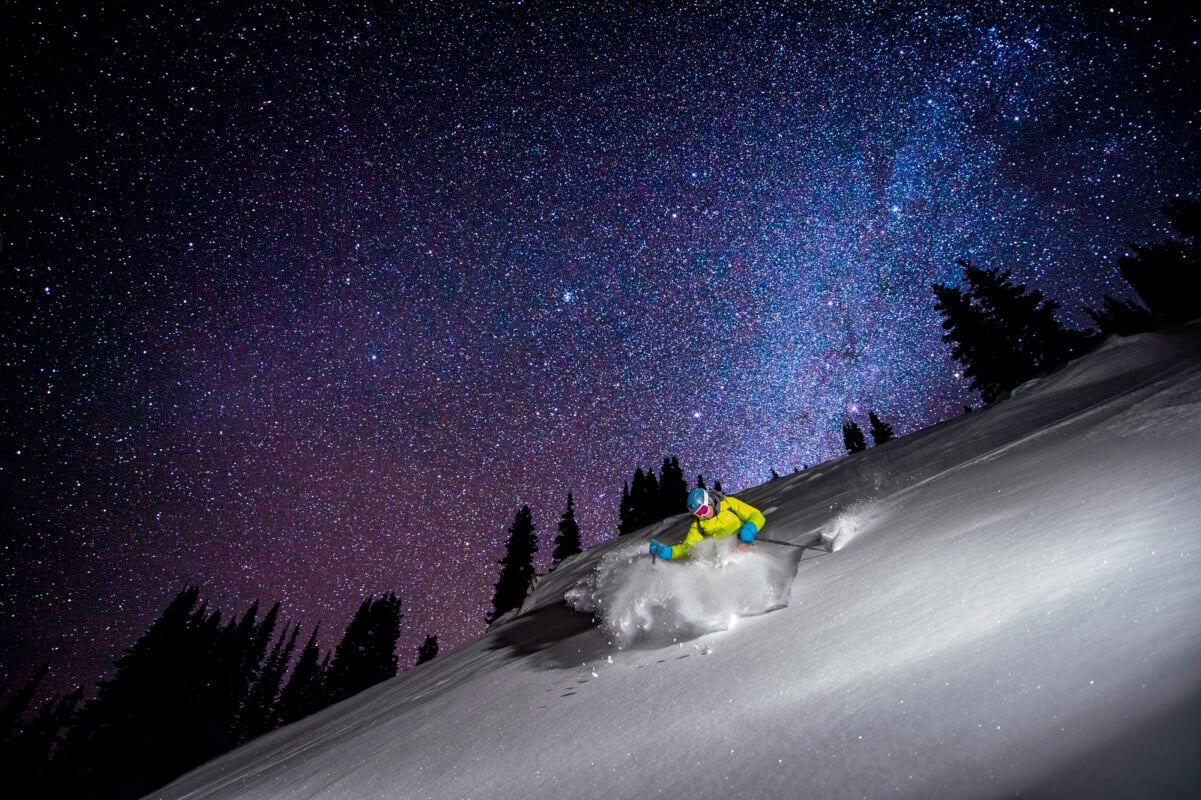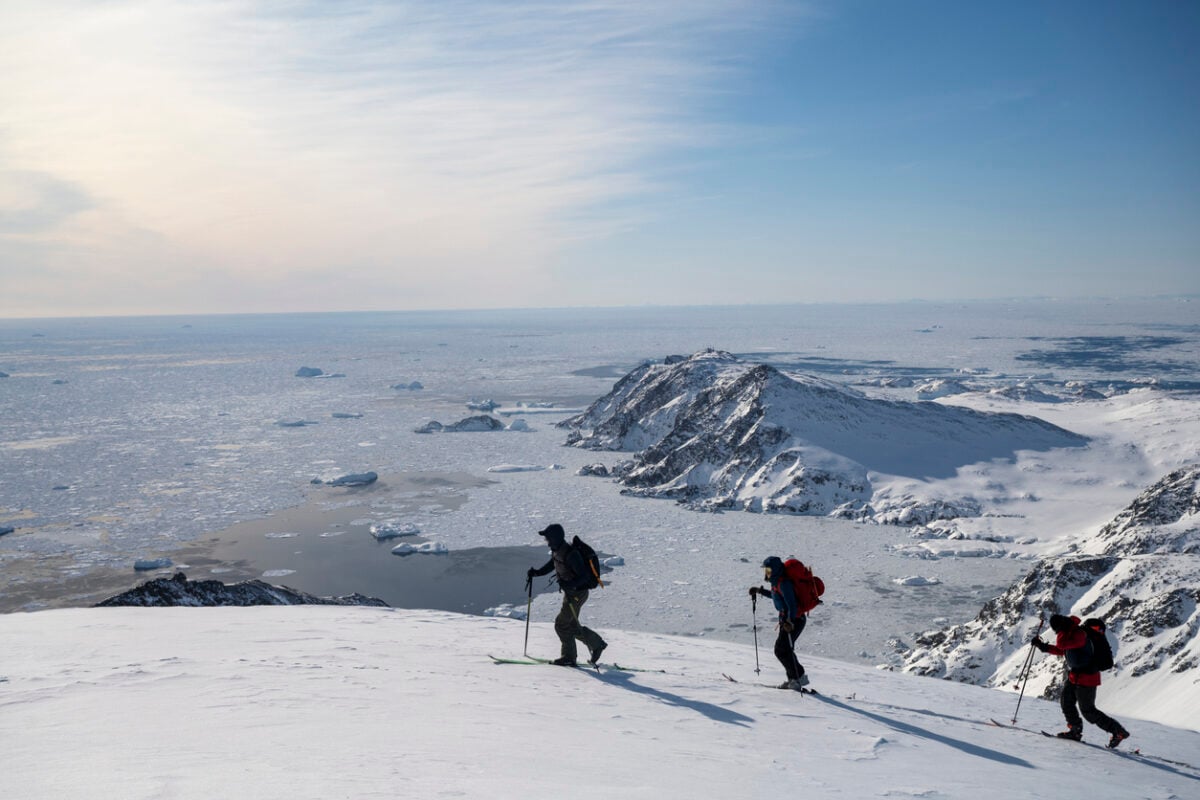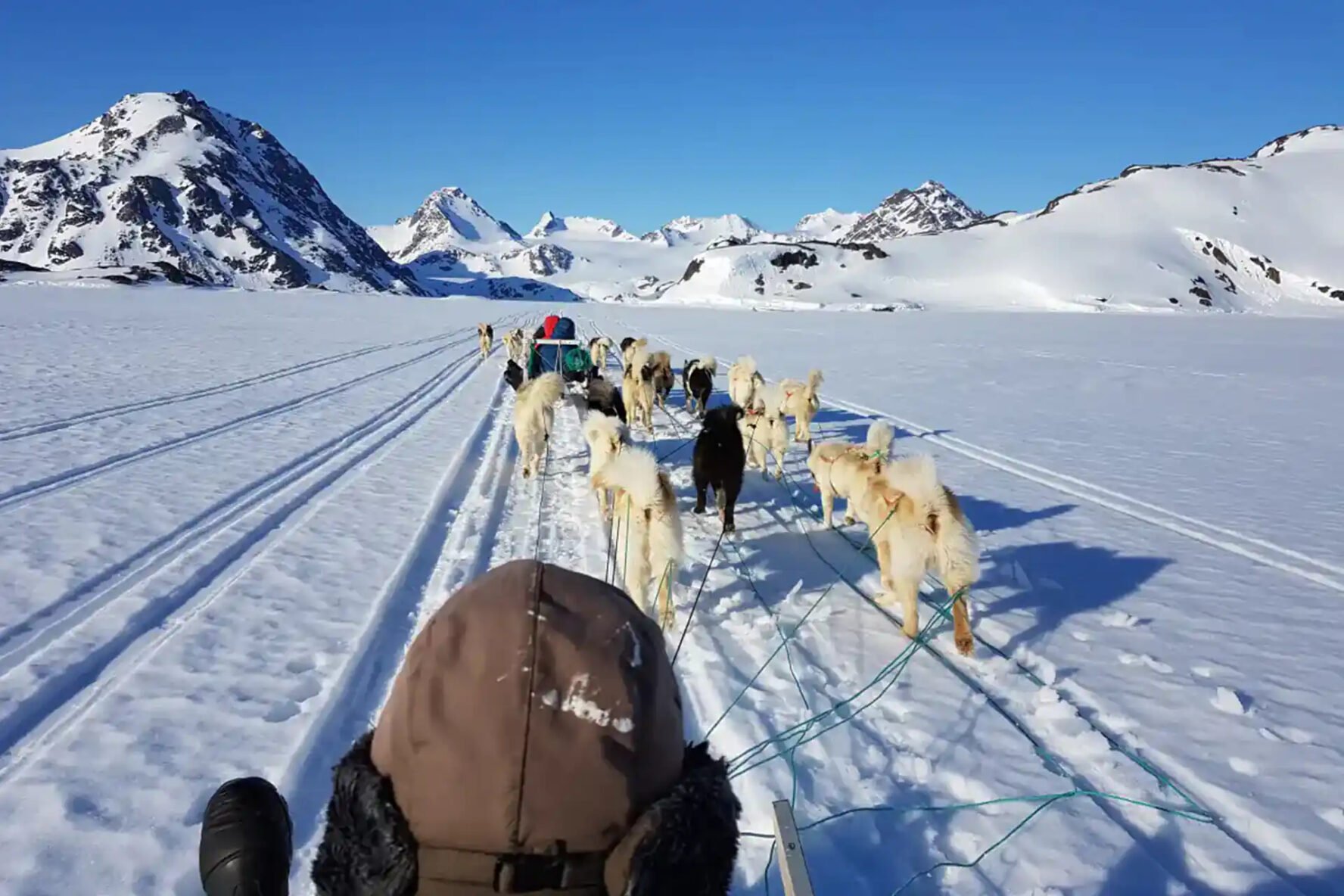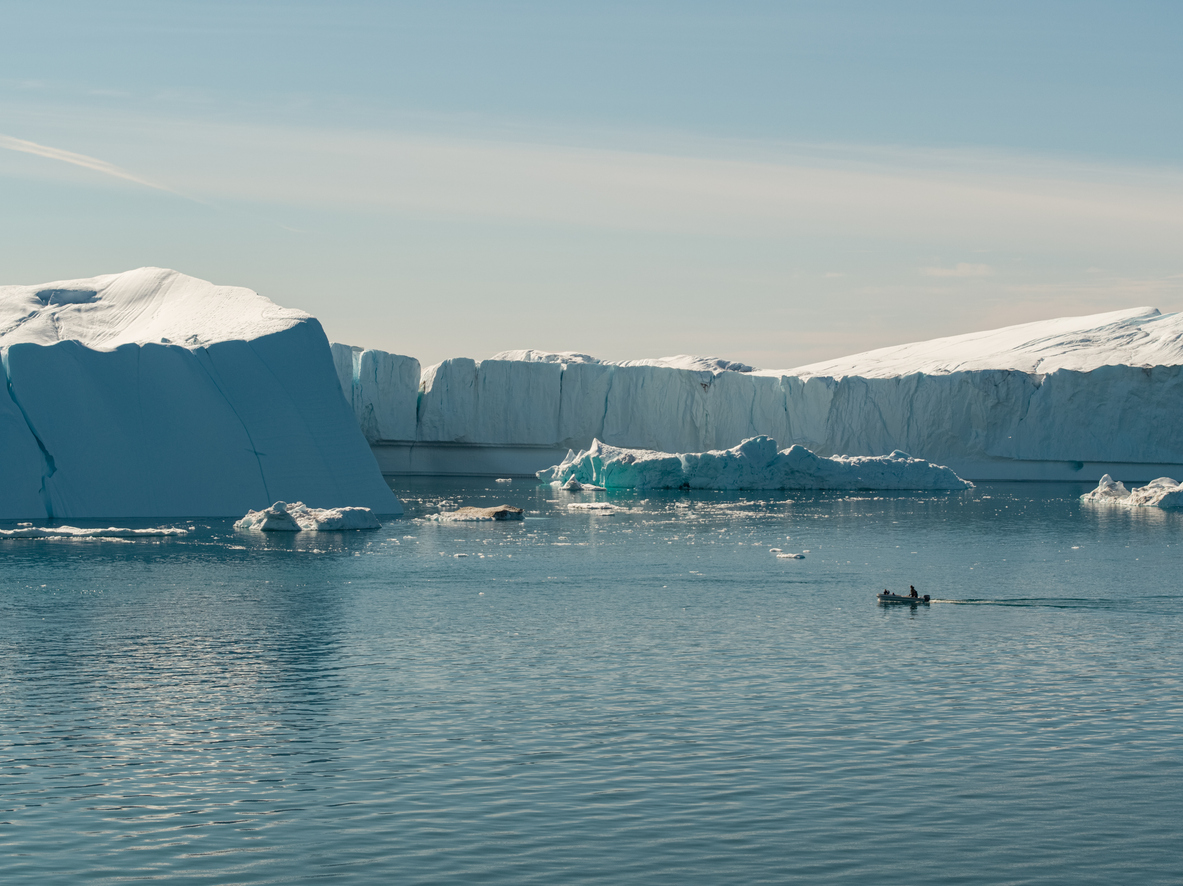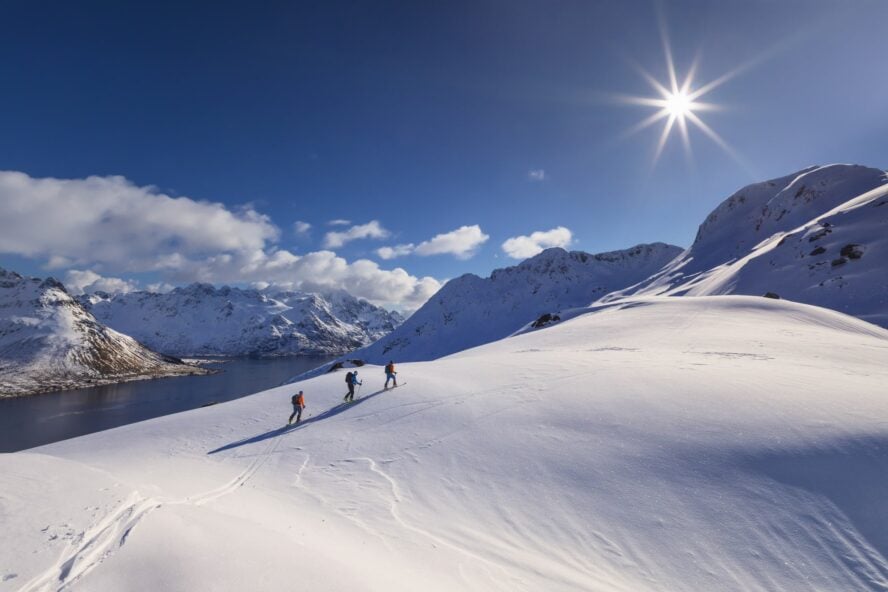Imagine a ski trip free from lift lines, resort crowds & overpriced drinks. A trip that’s all about untouched powder and the silence of the wilderness, a silence broken only by the whisper of your skis.
Your crew, the mountain, and a horizon of endless possibilities.
The 2025/2026 ski season is your call to adventure. The season when you’ll unlock raw, unfiltered experiences in some of the world’s most breathtaking landscapes.
At 57hours, we specialize in connecting skiers with expert local guides who transform dreams into reality. From Arctic fjords to volcanic slopes, our best ski destinations for 2025 are all about heart-pounding descents, cultural immersion, and stories that echo for years. Strap on your skins, trust our expertise, and let’s make this winter legendary.
This Winter Is All About the Backcountry
Backcountry skiing is the antidote to the sanitized resort experience.
It’s where adventure lives. No chairlifts, no groomed runs, just the primal thrill of earning your turns through sweat and skill. Ditch the crowds, and you’ll discover solitude in big, empty powder fields, where every descent feels like a personal triumph.
Plus, backcountry ski touring offers unique experiences you won’t find near the resorts: skiing under the northern lights, navigating glacier-carved chutes, or weaving through ancient forests.
It’s a physical and mental challenge. You’ll need preparation and respect for the mountain. Yet, with that challenge comes unparalleled reward; new terrain, untouched snow, and a deeper connection to nature.
If you’re a blue or black-level resort skier stepping off-piste for the first time, starting backcountry skiing will redefine adventure for you. In short, you’ll never want to see a resort again.
1. Svalbard & the Lyngen Alps, Norway
Norway’s backcountry, particularly Svalbard and the Lyngen Alps, is a masterclass in remote, Arctic skiing.
Sailing and ski touring expeditions in Norway are what to look for. They’ll redefine the way you see ski trips.
Expedition boats ferry skiers through icy fjords to untouched slopes framed by jagged peaks and frozen seas. When skiing in Svalbard, you can shred under the northern lights, with polar bears as distant neighbors. The Lyngen Alps are all about their steep, technical chutes and vast powder bowls.
These regions demand respect. The variable snowpack and extreme weather make it more of a spot for experienced skiers, but you’ll be rewarded with surreal beauty and solitude. From 1,000-meter (3,280 ft) descents to glacier runs, if you’ve got the guts for it, Norway’s backcountry is a bucket-list must for 2025.
Sailing and skiing in Norway – a match made in heaven
Norway is a proving ground for serious skiers.
The Lyngen Alps are full of 1,000-1,500 m (3,280-4,900 ft) vertical drops, with couloirs and open faces that will test route-finding and snow assessment skills. Svalbard’s glacial terrain adds some engaging complexity- Crevasse navigation skills and polar bear awareness are a must.
Sail-and-ski trips are king here, as they maximize access. You’ll be able to hit multiple peaks in a day, then sail to the next fjord. The maritime snowpack, influenced by the Arctic Ocean, delivers reliable powder but can be prone to wind slabs, so avalanche training is non-negotiable. Beyond skiing, the trips are elevated by the cultural experience: cozy cabins, fresh cod, and remnants of Sami heritage scattered throughout.
Guides are a must here in Svalbard. They’ll ensure safe navigation and share local knowledge, both in terms of snowpack analysis and optimizing your aurora-spotting efforts.
Svalbard & the Lyngen Alps, Norway - Good to Know
Intermediate to advanced; steep terrain and variable snowpack
Alpine chutes, glacier descents, and open powder fields
800-1,500 m (2,600-4,900 ft)
Cold (-10 to 5°C/14-41°F), frequent snow, short winter daylight
Adventurous skiers craving remote, technical runs
Late February-April for longer days and stable snowpack
2. Hokkaido, Japan
Japan’s Hokkaido, home of “JaPow,” is a powder paradise. Niseko, Furano, and Rusutsu boast some of the lightest, deepest snow on the planet, often 10-15 m (400-600 in) annually.
Backcountry skiing here shines when you combine the heart-pounding descents with cultural immersion: tree runs through birch forests, followed by onsen hot springs and sushi feasts. Japan offers terrain for all skill levels, from gentle glades to volcanic steeps. Plus, the maritime snowpack, fed by Siberian storms, ensures consistent powder.
Powder that never quits
Japan is a masterclass in powder skiing. Hokkaido’s low-elevation peaks, like Mount Yotei (1,898 m/6,227 ft), offer 1,000 m (3,280 ft) descents through airy birch glades and open bowls, with snow so light it feels like floating.
The maritime snowpack, while stable, can develop wind-affected layers. This requires careful slope selection. Local guides excel at this, as they’ll know how to leverage local avalanche forecasts (many of which are available only in Japanese).
Niseko’s backcountry gates provide easy access to runs like the Niseko Annupuri Kita-shamen to Goshiki Onsen loop, while Furano’s untracked lines reward those willing to skin further. Beginners can hone skills on mellow glades, while pros will find their fair share of lines on the steeps off Shiribetsu-dake.
Beyond skiing, Japan’s cultural tapestry—sake tastings, ramen joints, and snow-draped shrines—elevates the experience. If you’re doing Japan, do it the right way: blend the powder pursuits with sampling Hokkaido’s soulful charm.
Hokkaido, Japan - Good to Know
Beginner to advanced; varied terrain options
Deep powder, tree skiing, volcanic slopes
500-1,800 m (1,600-5,900 ft)
Cold (-5 to -15°C/5-23°F), heavy snowfall, humid
Powder hounds and culture enthusiasts
January-February for peak powder
3. Chamonix & La Grave, France
The birthplace of off-piste, France is home to the most classic backcountry runs in Europe.
Chamonix and La Grave are our top picks here, with steep couloirs, vast glaciers, and descents up to 2,000 m (6,560 ft) vertical. All of these are shadowed by Mont Blanc, the tallest peak in Western Europe. Talk about scenery!
From the Vallée Blanche’s iconic 22 km (13.7 mi) run to La Grave’s unmarked freeride paradise, France demands technical prowess but rewards with alpine grandeur.
Après-ski is equally legendary. Think vin chaud, fondue, and lively village vibes. France’s backcountry is a proving ground for skiers who want world-class terrain with comfort & luxury.
The Land of Opportunity
France is a mecca for ski mountaineering. Chamonix’s Aiguille du Midi cable car grants access to the Vallée Blanche, a 2,000 m (6,560 ft) descent through crevassed glaciers and serac-lined slopes. Ice axe and crampon skills are highly recommended.
La Grave’s La Meije offers raw, unpatrolled terrain, with 1,800 m (5,900 ft) drops down bone-chilling couloirs. The alpine snowpack is prone to wind slabs and storm cycles, so vigilant avalanche awareness is a must there.
Routes like the Pas de Chèvre or Cosmiques Couloir will test your technique, while mellow options near Courchevel can suit even intermediate skiers. Post-ski, you can savor tartiflette in Chamonix’s cobblestone streets or cocktails in Megève. Fancy.
Chamonix & La Grave, France - Good to Know
Intermediate to advanced; technical terrain dominates
Glaciers, couloirs, high-alpine faces
1,000-3,800 m (3,300-12,500 ft)
Variable (-10 to 10°C/14-50°F), sunny with occasional storms
Skilled skiers seeking technical descents and alpine immersion
February-March for stable snow and milder weather
4. Svaneti, Georgia
Georgia’s Caucasus Mountains are one of the best-kept secrets of backcountry skiing, with pristine powder and unbeatable value.
Gudauri and Mestia, in the UNESCO-listed Svaneti region, deliver vast alpine bowls, tree-lined glades, and 1,500 m (4,920 ft) descents at a fraction of Western costs. The rugged beauty—snow-capped peaks and medieval towers—goes paired with Georgian hospitality, hearty khachapuri, and local wines. With minimal crowds and raw terrain, Georgia is a hidden gem for more adventurous skiers.
Soon to be a classic
Skiing in Georgia is a revelation for cost-conscious adventurers.
Gudauri’s high alpine bowls, like those off Bidara Peak, offer 1,200 m (3,940 ft) descents through powder and corn, while Mestia’s Tetnuldi provides technical couloirs and mellow glades.
The continental snowpack, with occasional weak layers, demands careful route planning.
Skiers can skin up Ushba’s flanks for 1,500 m (4,920 ft) runs or explore Svaneti’s forested valleys. Beginners find forgiving terrain near Gudauri, while experts generally prefer steeps off Chaukhi. Off the slopes, Georgian culture shines: you can share tamada toasts and explore ancient stone towers. Make sure to get there before the crowds do.
Svaneti, Georgia - Good to Know
Beginner to advanced; diverse terrain
Alpine bowls, tree runs, open slopes
1,500-3,000 m (4,900-9,800 ft)
Cold (-5 to -15°C/5-23°F), moderate snowfall
Budget travelers and explorers seeking new frontiers
February-March for optimal snowpack
5. Dolomites & Aosta Valley, Italy
Italy’s Dolomites and Aosta Valley are backcountry skiing with soul.
Cortina d’Ampezzo and Courmayeur abound in dramatic limestone peaks, powder-filled bowls, and 1,200 m (3,940 ft) descents, all framed by UNESCO-listed vistas. You’ll ski alpine meadows, then savor espresso, handmade gnocchi, and South Tyrolean wines in cozy rifugios. From gentle tree runs to technical couloirs, Italy has terrain for all levels of skiers. It blends world-class runs with la dolce vita.
Skiing for all the senses
Italy’s backcountry is a feast for the senses.
The alpine snowpack, with stable corn in spring, supports long touring days, though wind-affected layers will require some vigilance. For safe route choices, pair up with IFMGA guides, ideally local ones.
For beginners, we’d recommend the mellow glades near Passo Tonale. More seasoned skiers should try the couloirs off Punta Helbronner. On good days, you can even link 2,100+ m (6,890+ ft) descents there. Post-ski, you can drown in aperitivo in Cortina’s piazzas or relax in Aosta’s Roman-era villages.
The best part about skiing in Italy is how seamlessly it pairs technical skiing with cultural immersion, from rifugio stays to Dolomite sunset views.
Dolomites & Aosta Valley, Italy - Good to Know
Beginner to advanced; diverse options
Alpine faces, tree skiing, glacier runs
1,200-3,000 m (3,900-9,800 ft)
Mild (-5 to 5°C/23-41°F), sunny with moderate snow
Skiers who prioritize culture and awesome scenery
January-March for consistent snow and clear skies
6. Revelstoke & the Sellkirks – British Columbia
British Columbia’s backcountry, from Revelstoke to the Selkirks, is a wilderness masterpiece.
Lodge-based ski touring trips are what to look for here. They’ll plunge you into remote powder havens, with 1,500 m (4,920 ft) runs right outside your door.
The Purcell and Monashee ranges deliver neck-deep snowpack—10-15 m (400-600 in) annually—and iconic tree runs. Group trips are fantastic for building camaraderie, with shared dinners and fireside tales after epic days.
Cozy, wild, unforgettable
Revelstoke’s North Bowl offers 1,400 m (4,590 ft) descents through glades and open faces, while the Selkirks’ lodges access chutes and bowls with 10 m (400 in) of annual snowfall. Beginners can ski mellow glades near Golden, while the steeps off Mount Begbie are perfect for more experienced skiers.
On lodge-based trips, like those in the Monashees, you can enjoy multi-day tours with 5-7 runs daily, fueled by hot tubs, sauna sessions, and hearty meals prepped by private chefs. The group vibe, with storytelling over craft beers, adds this special warmth to the BC wilderness.
Revelstoke & the Sellkirks – British Columbia - Good to Know
Intermediate to advanced; some beginner zones
Deep powder, tree skiing, alpine bowls
800-2,500 m (2,600-8,200 ft)
Cold (-10 to 0°C/14-32°F), heavy snowfall
Powder chasers, family & friend groups
January-March for peak powder and stability
7. Greenland’s East & West Coast
Greenland’s backcountry is a radical departure from the norm. How does ski touring along fjords and glaciers under the Arctic sky sound?
You can ski untouched slopes framed by icebergs, with whales breaching nearby and northern lights dancing overhead. An unforgettable experience,
From Maniitsoq to Tasiilaq, there are tons of 1,000 m (3,280 ft) descents that blend raw adventure with elemental beauty. This remote frontier, accessible only by boat or helicopter, is for skiers seeking the ultimate off-grid experience in 2025/2026.
A backcountry frontier for elite skiers
The Ammassalik region offers 1,200 m (3,940 ft) descents down glaciated slopes to fjord edges, with icebergs as your backdrop. The Arctic snowpack, often wind-scoured, requires precise route-finding. Training in glacier travel is a must amid crevasses and variable conditions.
Ski tours from Tasiilaq access peaks like Ingolfjeld, with intense runs that seamlessly blend powder and corn. Helicopter or boat access maximizes terrain coverage. You can ski multiple fjords in a day. The experience is raw: no lodges, just base camps or ship-based stays, with fascinating dashes of Inuit culture.
Greenland’s East & West Coast - Good to Know
Advanced; requires strong navigation and fitness
Glaciers, fjord-side slopes, snowfields
500-2,000 m (1,600-6,600 ft)
Very cold (-20 to 0°C/-4-32°F), frequent snow
Hardcore adventurers seeking unique challenges
April-May for longer days and stable snow
8. Practical Tips for Backcountry Skiing in 2025
If you want to get into backcountry skiing and conquer these destinations, preparation is non-negotiable.
Complete an avalanche safety course (Level 1 minimum) and master beacon, shovel, and probe use. Invest in a quality ski touring setup: lightweight touring skis, splitboards, or skimo setups, plus a 30-40L backpack for safety gear.
Check local avalanche forecasts daily. Use resources like Norway’s Varsom, Japan’s JMA, or France’s Meteo France.
Pack layers for variable weather: moisture-wicking base layers, insulated jackets, and waterproof shells. Carry high-energy snacks like nuts, energy bars, and dried fruit for long skin tracks. For remote destinations like Greenland or Norway, satellite communicators (e.g., Garmin’s inReach) are critical for emergencies. If you’re going with a guide, they’ll usually provide one.
Guided trips also include gear advice, daily safety briefings, and logistical support. You’ll be equipped for the backcountry’s demands.
Where Is The Best Place To Ski For You?
The 2025/2026 ski season is your chance to redefine winter adventure.
From Norway’s fjord-lined chutes to Japan’s powder-drenched forests, France’s alpine steeps to Georgia’s budget-friendly bowls, our best places to ski in 2025/2026 deliver raw thrills and cultural riches. British Columbia’s lodges and Greenland’s Arctic frontiers push the boundaries of what’s possible.
With IFMGA-certified guides, you’ll navigate safely, ski confidently, and immerse in each destination’s soul, whether it’s Georgian feasts or Italian rifugios.


